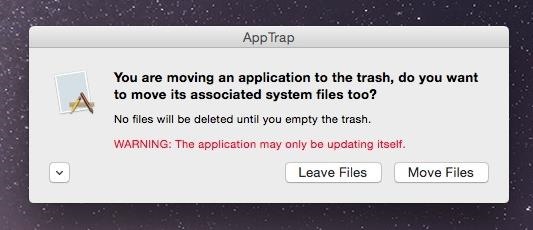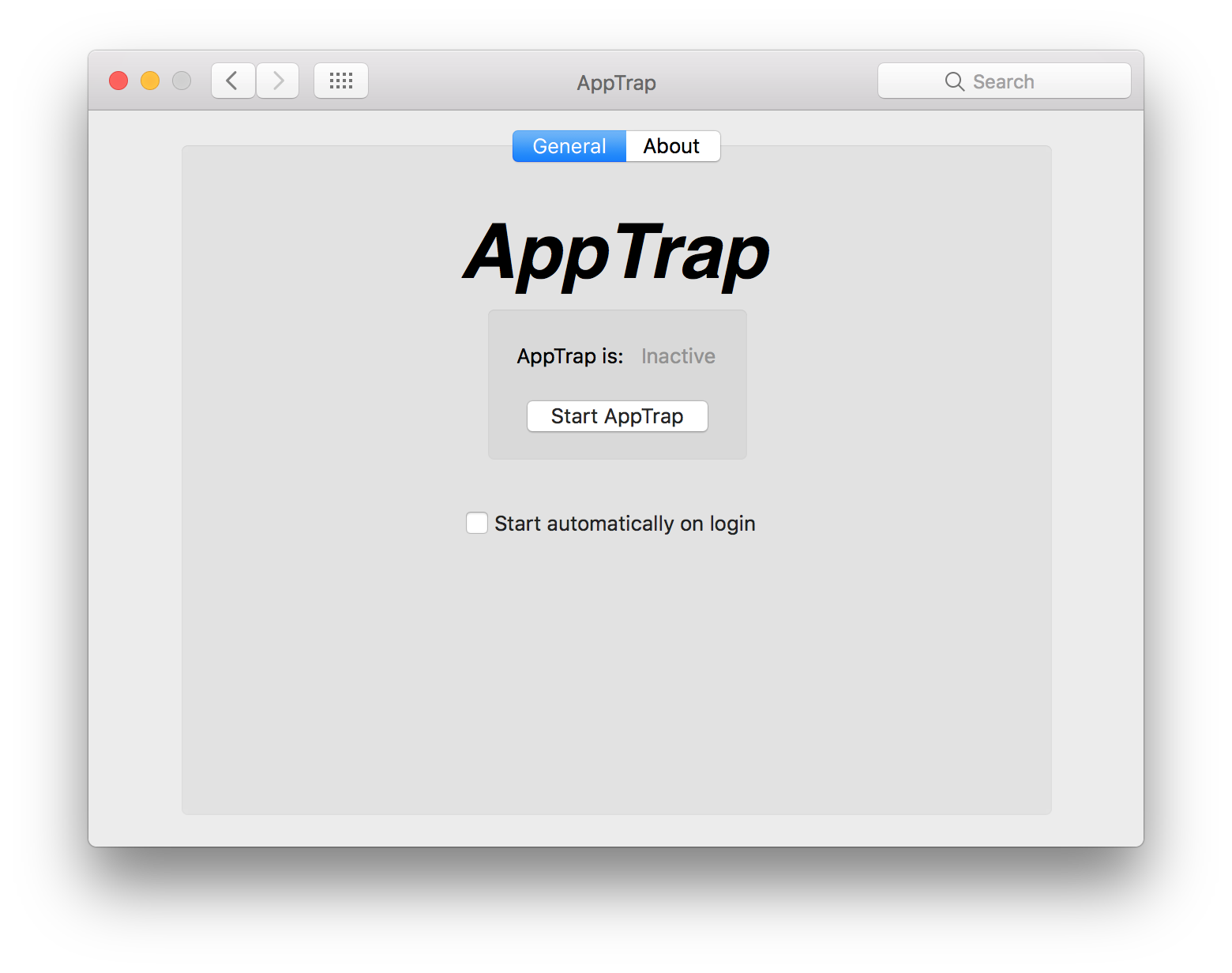

- DOES APPTRAP 1.2.3 AUTOMATICALLY MOVE FILES TP TRASH PRO
- DOES APPTRAP 1.2.3 AUTOMATICALLY MOVE FILES TP TRASH PASSWORD
- DOES APPTRAP 1.2.3 AUTOMATICALLY MOVE FILES TP TRASH PLUS
- DOES APPTRAP 1.2.3 AUTOMATICALLY MOVE FILES TP TRASH WINDOWS
# some other process would have had to create a file with the name

# extremely unlikely race condition would have had to take place: # We're now almost certain that the file denoted by name # generated one denoted an existing file. # Generate a new name with a new timestamp, as the previously Run a terminal screen to run a script that runs rclone at a certain interval (I set mine. This is the same folder Medusa is monitoring for post-processing.
DOES APPTRAP 1.2.3 AUTOMATICALLY MOVE FILES TP TRASH PLUS
# The name of the moved file shall be the original name plus aīeginning="$trash_dir_abspath/$file_basename"_DELETED_ON_ Set Medusa to watch a local folder on the Synology which gets new downloads from the seedbox (below) Configure rclone on the seedbox to mount a drive that links to your Synology (I use SFTP). Exiting."Įcho "Created directory $trash_dir_abspath"įile_basename=$(basename - "$file_abspath")Įlif ] then Trash_dir_abspath=$(realpath ~/.local/share/Trash)Įcho "The file $trash_dir_abspath exists, but is not a directory. # calculations and other commands that can return 0, lest the shell interpret

# (The latter setting necessitates appending " || true" to those arithmetic # Exit on using an uninitialized variable, and on a command returning an error. # disposition of each argument: does not exist, was already in trash, or was # The script will not choke on a nonexistent file. # deletion, and to avoid overwrites when moving a file to trash. # moves to the trash directory, both to inform the user of the time of the # The script appends a millisecond-resolution time stamp to all the files it # directory ~/.Trash/, unless it already exists. # There is no built-in trash directory on server hosts, so the script creates # both exist, the script relies on the 'gio trash' command. # existence of the gio command and of directory ~/.local/share/Trash. # To determine whether it's running on a desktop host, the script tests for the # they can still undo an unintended deletion before emptying the trash # an alternative to the 'rm' command, giving the user the peace of mind that

# original location, nor that of emptying the trash directory rather, it offers # the script does not offer the functionality of restoring a trashed file to its On server hosts, the analogy is not perfect, as # graphical file manager, which, in the usual case, moves the deleted file(s) to # The script is intended as a command-line equivalent of deleting a file from a It works both on (Gnome) desktop and server hosts. # This script moves the files given as arguments to the trash directory, if they (I've added alias tt='move-to-trash' to my alias definitions file tt is a mnemonic for "to trash".) The script is tested to work I use it all the time myself. I've written a Bash script that does the job on (Ubuntu) desktop machines, it uses gio trash. However, on server machines, there is no equivalent of a trash directory. It was.A previous answer mentions the command gio trash, which is fine as far as it goes. While I believe the first commercial cellular network was launched in 1979 by Nippon Telegraph and Telephone (NTT), on October 13, 1983, the first commercial wireless phone call was made (in the U.S.).
DOES APPTRAP 1.2.3 AUTOMATICALLY MOVE FILES TP TRASH PRO
DOES APPTRAP 1.2.3 AUTOMATICALLY MOVE FILES TP TRASH PASSWORD
OK, I am losing my mind here.I have set up GP to turn on screen saver after 10 minutes, and to password protect.
DOES APPTRAP 1.2.3 AUTOMATICALLY MOVE FILES TP TRASH WINDOWS


 0 kommentar(er)
0 kommentar(er)
